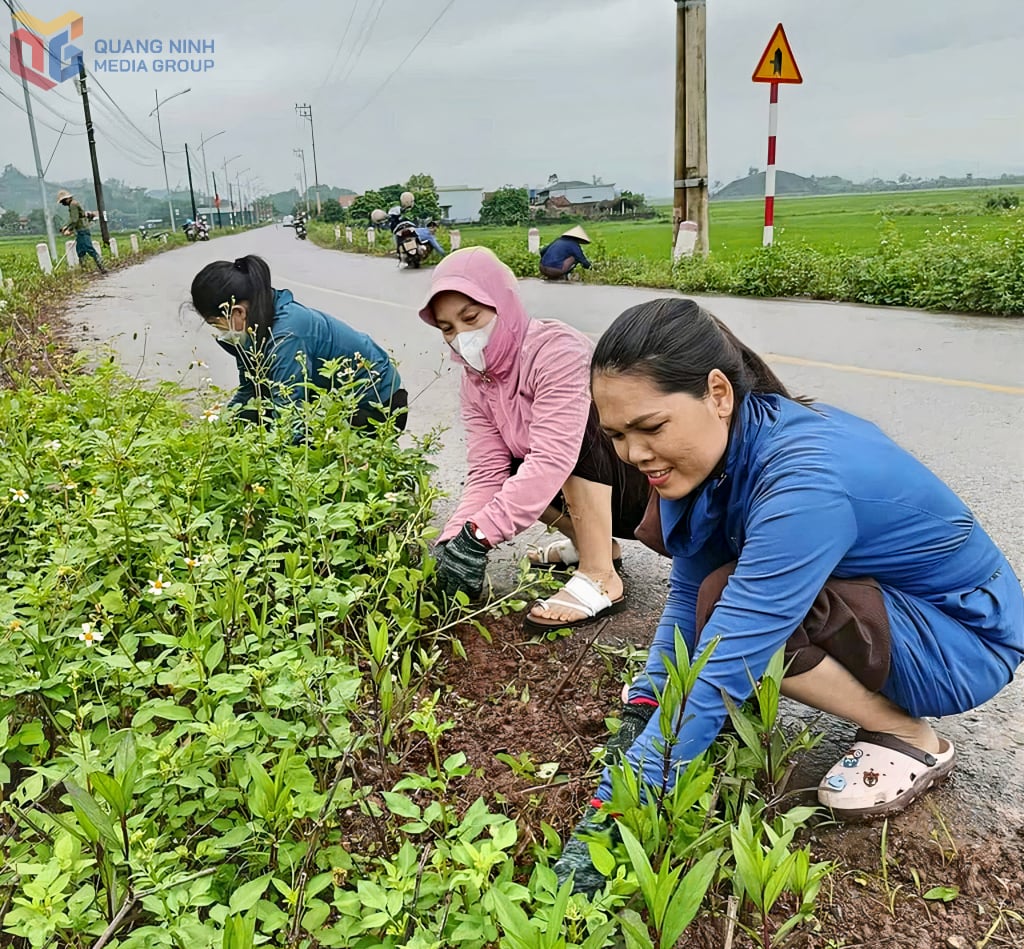
Ensure income criteria
The Ba Che District Agricultural Technical Service Center is implementing a pilot model of growing black-seeded grapes in a greenhouse in Dap Thanh Commune. The black-seeded grape variety was researched, published and applied to production in the northern provinces by Bac Giang University of Agriculture and Forestry with high economic efficiency. The flowering to harvest time is 95-120 days; the fruit is small, round, black when ripe, seedless, sweet to eat, and the skin is slightly astringent.
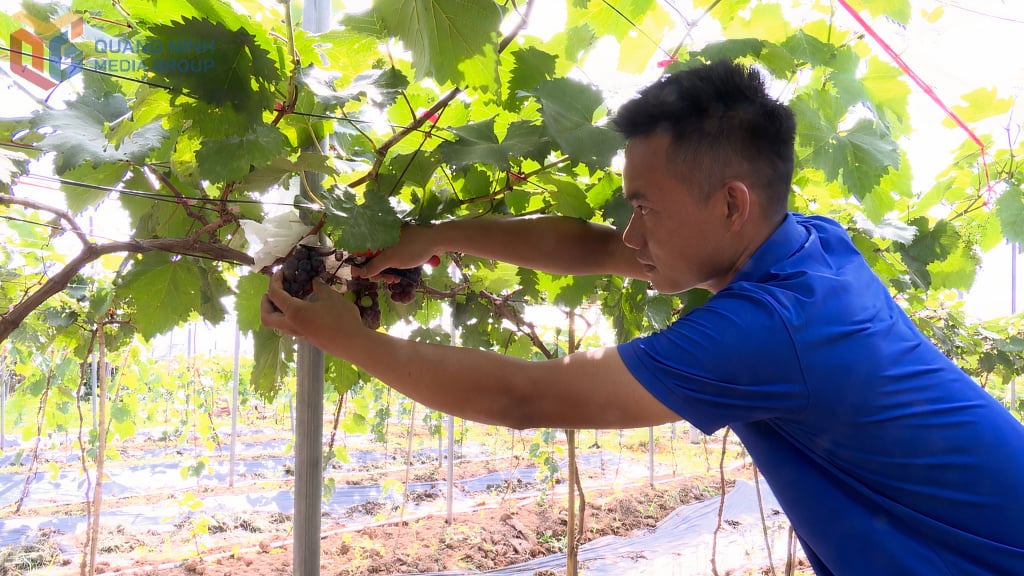
The experimental model of growing black-seeded grapes in a greenhouse was implemented from February 2025 at Mr. Hoang Van Manh's household (Bac Xa village), with a scale of 440 trees/1,000m². Through monitoring and evaluating the results of the model implementation, it was shown that the trees grew and developed well, with few pests and diseases. After 4 months of planting, the grape trees flowered and bore fruit evenly; harvested about 3kg of ripe fruit/tree, the selling price at the garden was 150,000 VND/kg. Mr. Manh said: Initial results showed that the grape variety was quite suitable for the local climate and soil, the fruit was quite even, sweet and cool, and seedless. From the results, it can be seen that it is possible to improve economic efficiency and income for the people.
Peach trees are currently a high-income crop for many people in Van Don district, mainly in Ha Long commune. The commune currently has over 500 households growing peach trees, of which 60 households grow in concentrated areas, with an average of over 300 peach trees per garden.
Mr. Nguyen Doan Tuan's household (village 5, Ha Long commune) has been involved in growing peach trees for many years. He grows 3,000 peach trees/1.3ha, harvesting mainly during Tet every year. Mr. Tuan shared: "During the recent Lunar New Year, my family sold more than 200 trees, earning about 300 million VND, mainly from customers and traders who came to the garden to buy. After Tet, I proceeded to prune branches, plant cross-plants on the sold parts of the trees, take care of them, fertilize them... so that the peach trees grow well and healthily. My family has just re-planned the peach growing area, planting about 400-500 more trees each year."
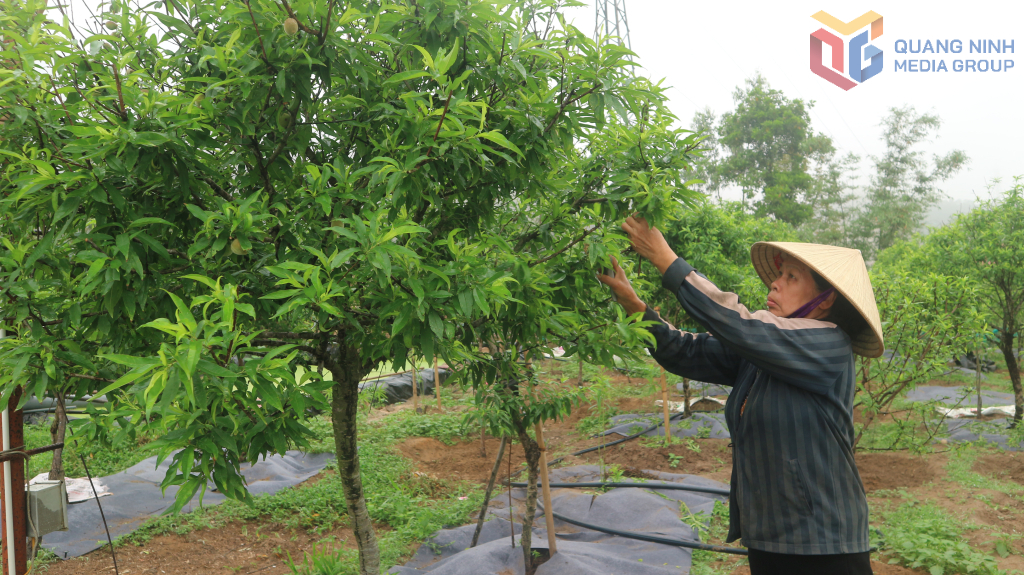
Income criteria play a “leverage” role, creating motivation to complete criteria in building new rural areas. Localities in the province have been implementing many solutions to develop the economy and increase people’s income.
Synchronize multiple solutions
The province always pays attention to and prioritizes investment in development, improving the material and spiritual life of the people. Notably, it has integrated 3 national target programs (sustainable poverty reduction; building new rural areas; socio-economic development in ethnic minority and mountainous areas) and the overall project associated with the implementation of Resolution No. 06-NQ/TU (dated May 17, 2021) of the Provincial Party Committee to create a combined strength of resources, promoting comprehensive development of ethnic minority and mountainous areas. In the period of 2021-2024, the provincial budget has supported more than 4,000 billion VND, 2.26 times higher than the period of 2016-2020.
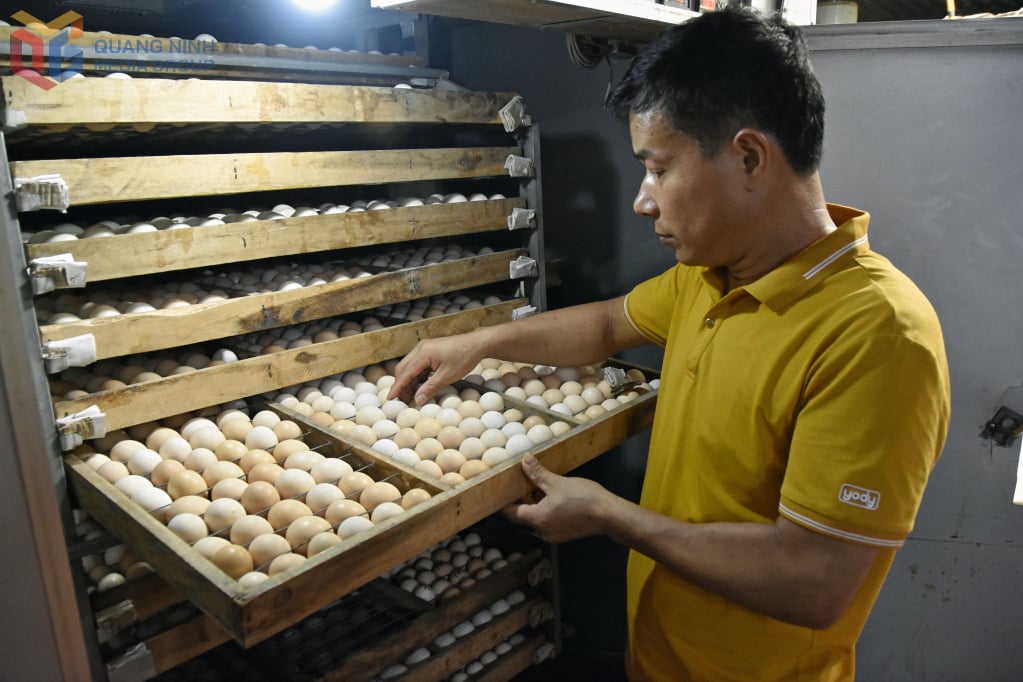
The Provincial People's Committee has issued Decision No. 33/2024/QD-UBND (dated September 13, 2024) stipulating the conditions, contents, and preferential loan levels to implement the credit policy to support the entrustment through the Vietnam Bank for Social Policies from the capital source to implement the National Target Programs for the period 2021-2025. To date, the province has disbursed about VND 142,095 million to 1,578 households borrowing to develop production.
Based on the strengths of each locality, to reorganize production, the province focuses on restructuring the agricultural sector, developing large-scale concentrated commodity agriculture in a modern direction. In particular, the province chooses the form of cooperation, linking production and consumption of agricultural products according to the value chain, promoting the consolidation and development of cooperatives associated with the OCOP program, increasing product value in a sustainable manner.
Accordingly, the average income in ethnic minority, mountainous, border and island areas of the province has increased from 32.62 million VND/person (in 2020) to 73.348 million VND/person (in 2023). By the end of 2023, the province will no longer have poor households according to the central poverty standard. The province has proactively raised the poverty standard 1.4 times higher than the central poverty standard in terms of income criteria. In the province, many models and bright spots in agricultural and forestry production have appeared; community and ecological tourism models in ethnic minority areas are contributing to creating momentum for the local economy to increasingly flourish.
The province focuses on investing in building socio-economic infrastructure in ethnic minority, mountainous, border and island areas, creating connections between regions, effectively serving people's lives. Up to now, 100% of communes have paved roads to commune centers; 100% of communes maintain national standards on commune health; 100% of households have safe electricity and improved electricity quality, contributing to improving people's lives and livelihoods. The province focuses on solving problems related to residential land, housing, production land, domestic water... so that people have more conditions to develop production and improve their lives.
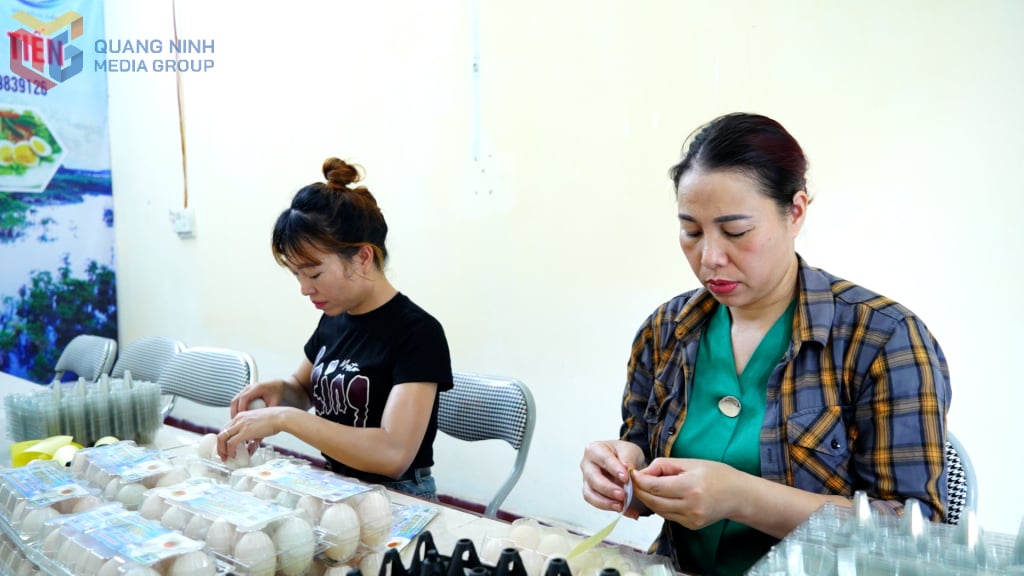
Along with that, it is necessary to attract businesses to invest in developing production and business in ethnic minority and mountainous areas to link and form large-scale concentrated production models; create conditions for ethnic minority households to participate in cooperatives, cooperatives, and link production according to value chains; promote the transfer of science and technology, help people create competitive products, increase income, etc.
Source: https://baoquangninh.vn/vi-muc-tieu-hanh-phuc-cua-nguoi-dan-3363624.html


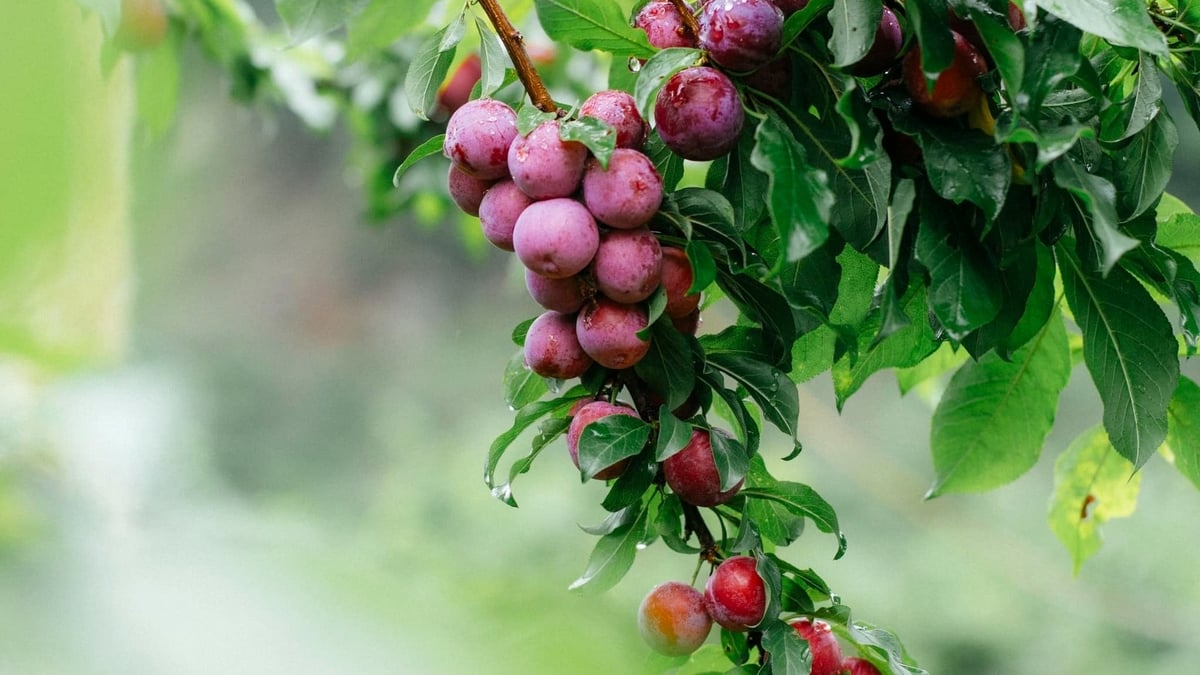


![[Photo] The 9th Party Congress of the National Political Publishing House Truth](https://vphoto.vietnam.vn/thumb/1200x675/vietnam/resource/IMAGE/2025/6/24/ade0561f18954dd1a6a491bdadfa84f1)
![[Photo] Close-up of modernized Thu Thiem, connecting new life with District 1](https://vphoto.vietnam.vn/thumb/1200x675/vietnam/resource/IMAGE/2025/6/24/d360fb27c6924b0087bf4f288c24b2f2)
![[Photo] General Secretary To Lam meets with the Group of Young National Assembly Deputies](https://vphoto.vietnam.vn/thumb/1200x675/vietnam/resource/IMAGE/2025/6/24/618b5c3b8c92431686f2217f61dbf4f6)
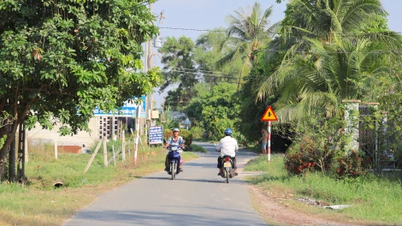







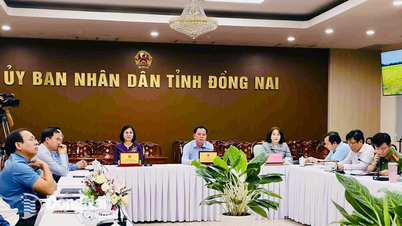






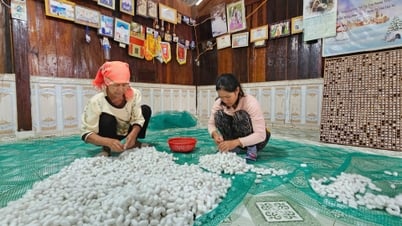
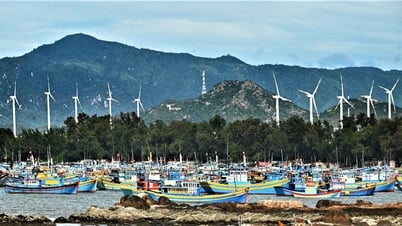
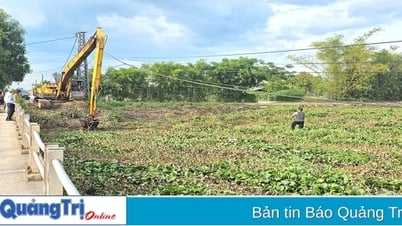

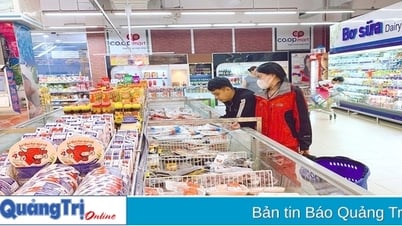





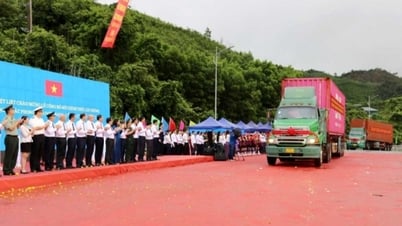




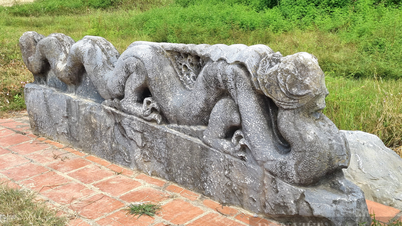











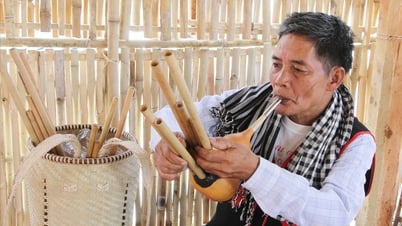












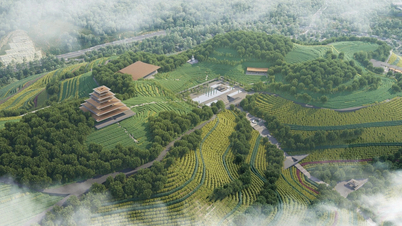


















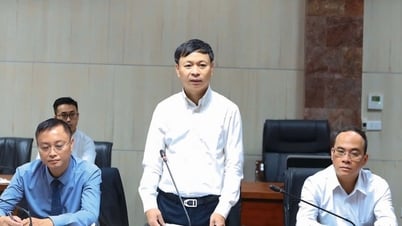







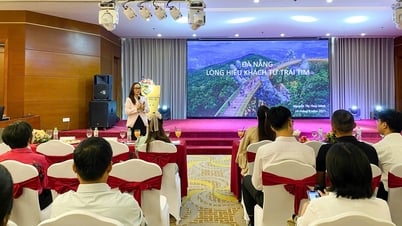


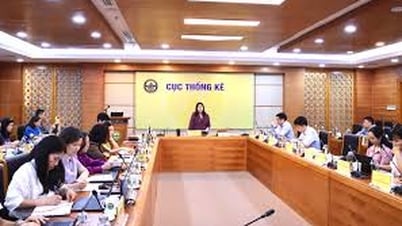












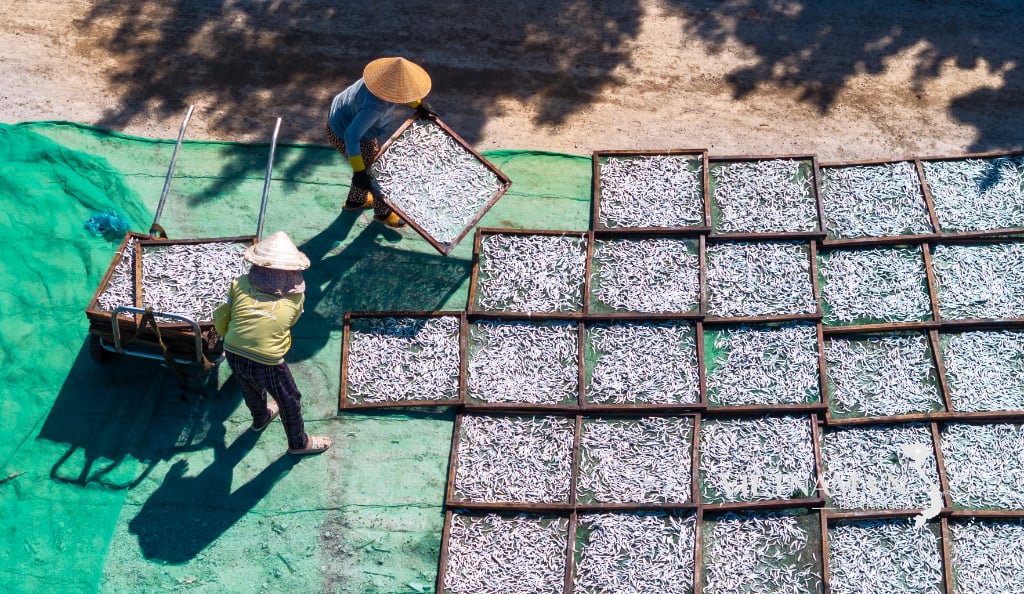

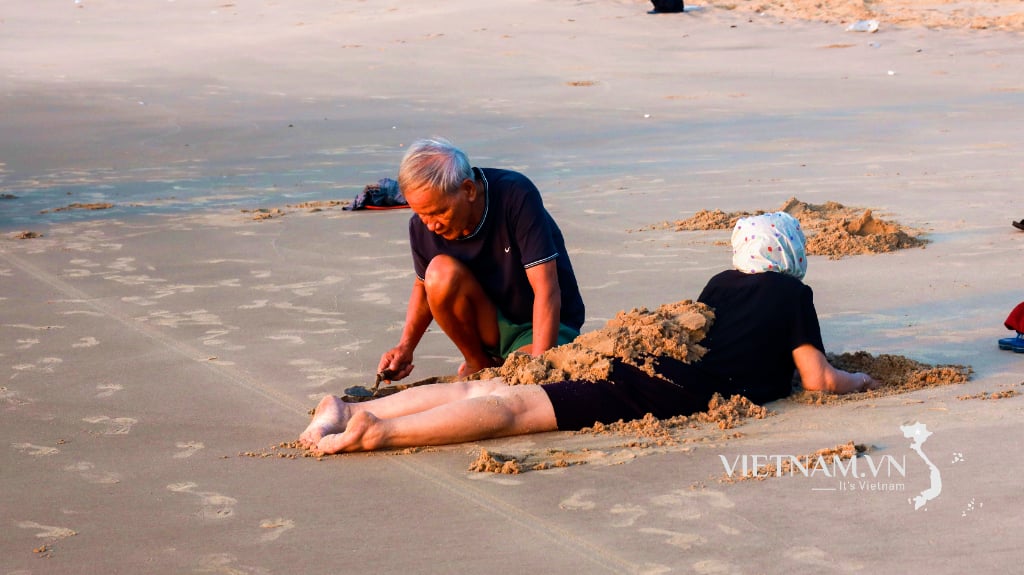

Comment (0)